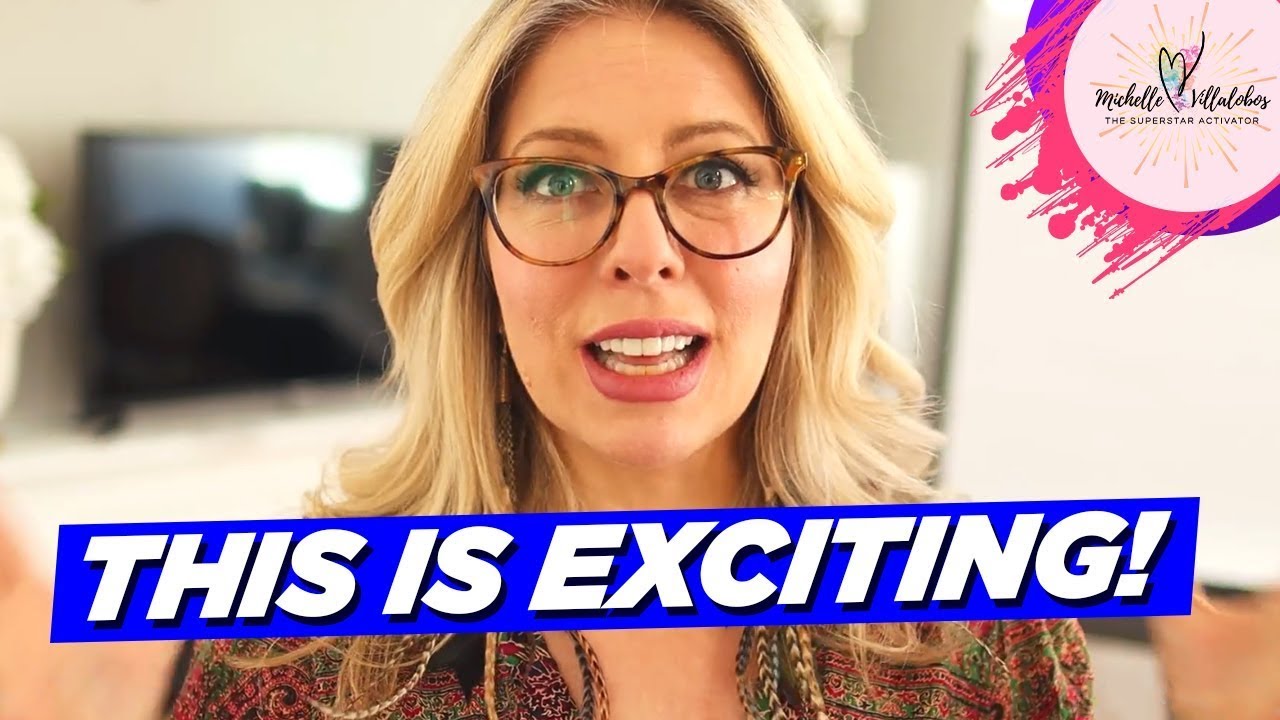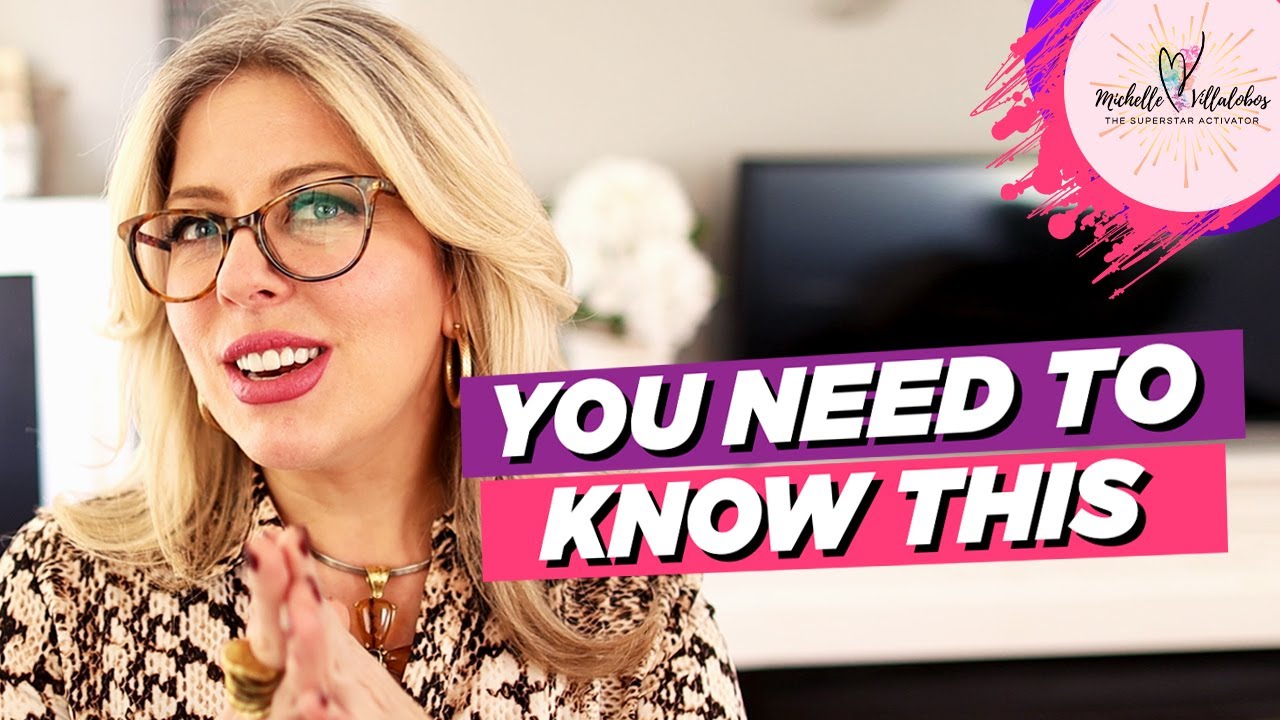If you're a B2B marketer who wants to stand out from the crowd, you're probably giving thought leadershipa lot of thought. That's for a good reason.
According to the annual Edelman-LinkedIn thought leadershipstudy, more than half of B2B decision makers in 2021 said they spend more than an hour a week reading thought leadership content, and 47% said that thought leadership helped them find a brand and make a purchase.
But here's another point of view. Just over 70% of people said that more than half of the thought leadership they read doesn't give them any useful information, and 55% said that if the thought leadership doesn't grab their attention within a few minutes, they just move on.
If you read between the lines, there's something important going on here: B2B professionals are hungry for great thought leadership, and when it's good, it can be very influential in helping them decide to buy.
What Is Thought Leadership?

What is Thought Leadership?
Thought Leadership marketing is the art of using the best content to make your company look like a leader in its field.By putting out original articles, videos, research, or any other kind of content on a regular basis, potential clients and people in your field may start to think of your brand as smart and knowledgeable. When it comes time to hire a company, they will think of you first.
People like Peter Drucker, Jim Collins, Malcolm Gladwell, and Seth Godin come to mind. You know who these people are not because of what they have done in business, but because of what they have written. People trust what they say about businessbecause they have become experts in their fields.
The same can be said about your business if you make content that your customers and people in your industry like.
Thought leadership can have a great return on investment (ROI), possibly higher than any other online marketing activity because it changes how people think of your brand and makes your customers think your company is the best in its field. Businesses that are seen as thought leaders get more sales leads and customers who are willing to pay more for their products.
Benefits Of Thought Leadership Marketing

What Is Thought Leadership Content Marketing?
Thought leadership marketing's main benefit is growing sales, it has a number of other big benefits as well. Thought leadership marketing has more benefits than just bringing in leads. Here are some of them:
Attracting New Talent
Getting new people to join. People with talent tend to join groups whose ideas are well-known and respected. And when people think a company is the best at what it does, they are much more likely to want to work there.
Getting More Press Exposure
Getting more coverage in the press. When the content on your website is really interesting, people, even journalists, tend to think that the person who wrote it is an expert. Websites with a lot of thought leadership get more attention from the press because they seem to be more trustworthy.
Being Asked To Do Speaking Engagements
Getting chances to grow their business. When your company has a good name, potential partners who can help it grow will want to work with you. The best kind of business development is the kind you don't have to look for. Instead, it comes to you because of your authority.
Receiving Business Development Opportunities
Being asked to do speaking engagements. Thought leadership can also be shown through public speaking at conferences and private events. Invites to be the keynote speaker usually go to companies and people who are known for their ideas.
The Difference Between Thought Leadership And Advertising
Even though advertising gets a lot more moneyfrom marketing budgets than thought leadership does, it's usually a bad idea to put moneyinto advertising instead of thought leadership. To show this, let's say you own a business that helps people prepare for tests and you want to reach more people.
Advertising can be a great addition to thought leadership if it's done right but thought leadership has a much bigger chance of building your brand because people see it as natural and want to interact with it, while most people try to avoid ads.
Also, most of the time, thought leadership is cheaper than advertising. On the other hand, advertising works right away, while thought leadership can take up to a year to start paying off.
Who Should Use Thought Leadership Content Marketing?

What Is Thought Leadership Marketing?
Both B2Cand B2B companies need to show that they are thought leaders. But the complexity of the decision-making process in B2B, the length of time it takes to make decisions, and the number of people involved all point to thought leadership as an important part of B2B Content Marketing.
Thought leadership content can help anyone who is involved in business decisions get their peers on the same page, which isn't always easy. Thought leadership also lets us, as marketers, describe the category of our solution or the purpose of our brand in terms of the customer.
So even companies that sell to consumers can use thought leadership to support their overall mission and show that they are the experts in their field. At the end of the day, brandingis all about being linked to the needs of your customers.
Creating A Thought Leadership Marketing Plan
If you want to build or improve your B2B thought leadership strategy, you should think about all of these things.
Align On Your Brand’s Perspective And Priorities
Everyone in an organization can't (or shouldn't) agree on everything, but you should all be on the same page when it comes to strategic perspectives and priorities.
Thought leadership goes astray when different leaders, employees, or units in a business say things that don't make sense or contradict each other. Ask these kinds of questions:
- What does our brand stand for, especially in the bigger picture of society?
- Where is our field going, and where do we fit in?
- What makes our products and services different from those of others in the same field?
To get everyone to agree on these key points, it's best to talk about them often in meetings. Encourage discussion and debate. Make sure that company leaders talk about these issues and are easy to get in touch with.
Determine Thought Leadership Goals
What do you want to get out of your efforts to be a thought leader? In the end, it all comes down to building trust and making more money, but there are many goals within thought leadership that lead up to these results.
For example, thought leadership could be tied to goals like brand awareness, engagement, video views, job applicants, and more in LinkedIn's Objective-Based Advertising experience. From there, you can choose the metrics you'll use to judge how well your efforts are going.
Identify Thought Leadership Tactics And Channels
You should be strategic about how and where you share marketing content for thought leadership. Think about what they know and how they think. Find a rhythm and a mix of topics, and add the perspectives of others to back up your own original thought leadership.
Thought leadership content can be made and shared in a lot of different ways, such as blog posts, short and long posts on social media, videos, white papers, infographics, speaking sessions, and so on. Make sure that your strategies and channels help you reach the goals you've set.
Above all, you want to make sure that your thought leadership marketing content is correct, easy to understand, shareable, actionable, and relevant to your audience (especially decision makers and C-suite executives).
Activate Employees And (Especially) Company Leaders
As was already said, the individual voices within a brand have a big impact on its thought leadership. People care more about other people than about businesses. Thought leadership is a great way for people in your organization, especially leaders, to build their personal brands.
An employee advocacy platform like LinkedIn Elevate can be very useful for this since it makes it easy for both team members and executives to find and share thought leadership content.
Engage, Learn, Adjust
As with any marketing plan, your plan for marketing your thought leadership should be able to change over time. These claims should never only be true on one side. Invite people to talk with you about things that are important to you and to them. Make more resources available to help people learn more.
Thought Leadership Content Strategy

How To Build A Thought Leadership Strategy
Before you jump into thought leadership, you'll want to have a plan for how you're going to move forward. Here is a simple step-by-step plan you can use as a starting point:
Understand How To Build A Foundation Of Trust
Everyone has a plan, and the people in your audience know that. Don't do what they expect and give them something for nothing. By giving your audience free access to your knowledge and insights, you give them a reason to trust you.
When you stop trying to sell yourself and your business and instead focus on helping the people who matter most to you, they will trust you.
So, try to teach your audience something by giving them useful information about things they care about. When your content teaches them something useful, helps them solve a problem, or just makes them laugh, they'll be more likely to keep an eye out for what you post next.
People are naturally skeptical, so don't waste your time or theirs by telling them why they should trust you. Just prove it.
Set A SMART Goal
SMART goals are goals that are clear, measurable, attainable, important, and on time. Before you start working on thought leadership, you should know what you want to get out of it, like more traffic to your website or more leads.
Brainstorm Content Ideas
Think about who you are. Is your content centered on what they want to read or watch and planned out? What do they ask and search for on social media? During your meeting to come up with ideas, answer these questions.
Analyze Competitors
Answering questions like, "Who does my audience go to for answers right now?" can help you come up with more ideas. Again, you'll want to talk about what they aren't and fill in the gaps in their content.
Create And Distribute Content
Once you've decided what kind of content you want to make, make sure you have a personality and a point of view. Your content should be simple to read and share.
Consistently Put Content To Work
You've worked hard to make the content, but you're not done yet. Thought leadership content is a tool, and you have to use it well for it to work. Think about the people and relationships that are most important to you, and share relevant information with those who can use it the most.
Surround your brand with your high-quality content and create an online presence that people in your industry can't help but notice when they're looking for more information.
Use and reuse your content in creative ways, whether you want to get speaking gigs, be a guest on a podcast, or get nominated for an industry award.
Thought leadership needs content, but you can't be a thought leader just because you have a lot of content. Instead, you need a plan that is specific to your goal. Start by writing each piece of content with a clear and consistent goal in mind.
Keep doing this until you have all the pieces of your strategy. Then, put them together in a way that makes them work well together and makes the whole more than the sum of its parts.
Measure Results
Keep track of the results of your thought leadership content to see if it worked. Use your SMART goals to figure out what metrics you should be keeping track of.
Are Business Leaders Looking For Thought Leadership Content?
When done right, thought leadership is the best way for a B2B company to show its authority. Showing how knowledgeable you are, it can help you become known as a trusted advisor. It can help bring in sales leads and close deals.
Even better, business leaders want it. Grist surveyed FTSE 350 executives and found that 84% of them think that strong thought leadership content makes their jobs better.
Almost as many people say that it is important to keep them up to date on important business issues (79%), help them make decisions (76%), and help them see what the future holds (76%).
Two out of five leaders will reach out to the company behind a piece of thought leadership if they think it hits the mark, which is a good sign.
People Also Ask
What Is Meant By Thought Leadership?
Thought leadership is when you say things that show you know a lot about a certain field, area, or topic. Many executives and business leaders want to be at the top of their fields when it comes to what people think. It takes hard work, patience, a plan, and knowledge.
What Is Good Thought Leadership?
As a well-known expert in a certain company, industry, or society, a "thought leader" helps those around them by giving them advice and advice. In other words, a thought leader has a good name for using their knowledge and insight to help other people.
How Do You Demonstrate Thought Leadership?
A thought leader is an expert in their field who shares their knowledge with a large group of people to build trust and credibility. In a nutshell, thought leadership is about addressing the pain points of your audience, educating them on an ongoing basis, adding value, and building your credibility in your niche.
Conclusion
To start getting the benefits of thought leadership, you can either build it yourself or buy it. To build thought leadership, you need to hire a content producer, editor, graphic designer, outreach person (to share the content with the media), and analytics person.
This can be done over time and slowly. Buying thought leadership doesn't mean buying content that's already been made. In fact, Google punishes sites that post content that's already been published elsewhere on the Internet.
It means giving your writing, editing, design, outreach, and analytics about your thought leadership to a professional firm.